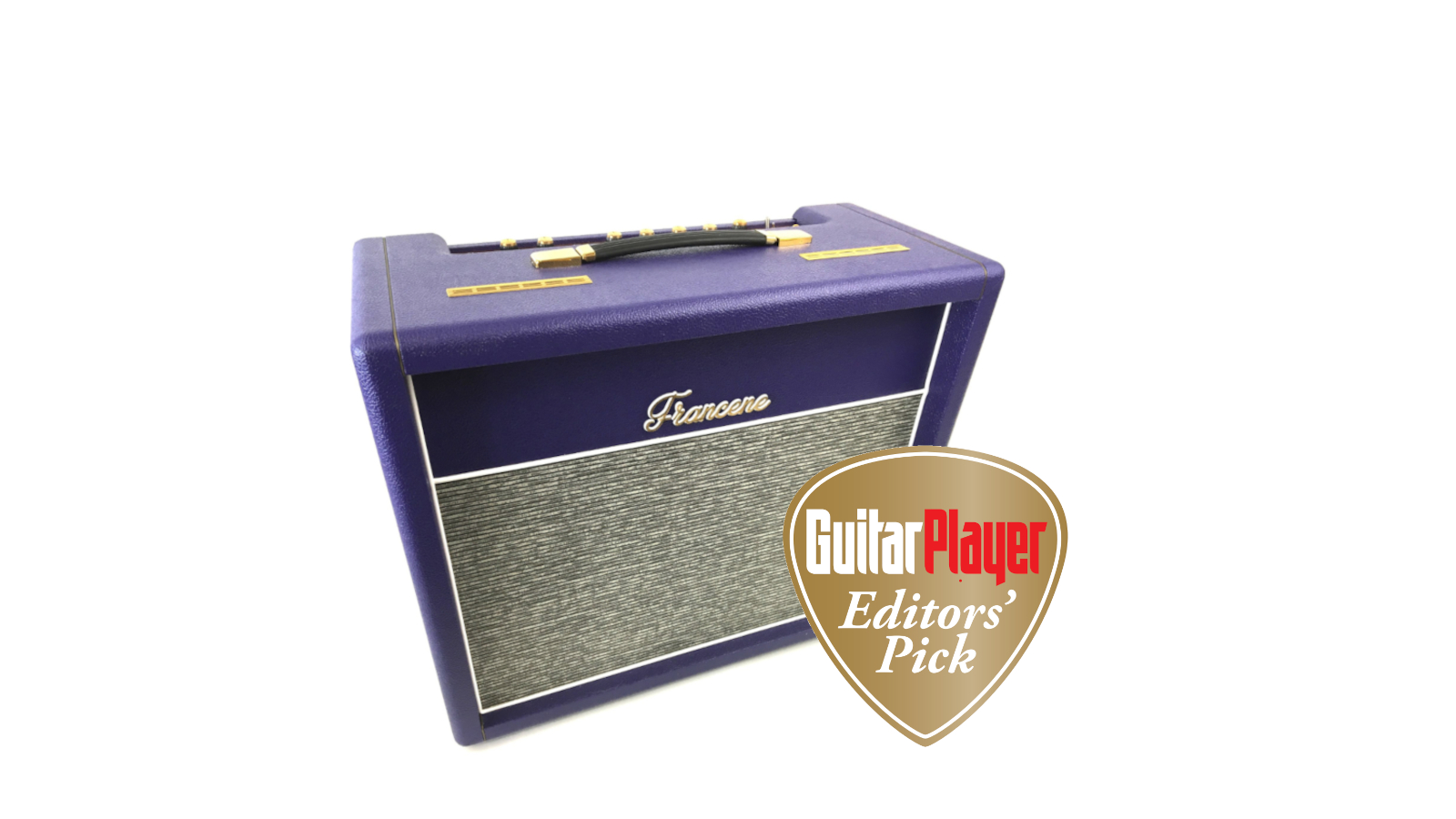GuitarPlayer Verdict
The Francene has succeeded in adding another bold and beautiful variation of that beloved British sound, and will likely make a lot of classic-rockers, blues guitar explorers and garage kerrangers very happy indeed.
Pros
- +
A juicy, toothsome, dynamic Brit-voiced combo that’s very well constructed and surprisingly versatile
Cons
- -
Some players might prefer the tremolo controls on the top panel
You can trust Guitar Player.
After morphing from maker of high-end audio cables to hand-wired tube amps a few years back, Cutthroat Audio achieved significant acclaim for its debut model, the Down Brownie. This updated rendition of the brown early ’60s 6G3 Deluxe added contemporary conveniences, such as a master volume, alternative voicing switches, internally jumper-able channels and more.
With his flagship release having been so well received, Cutthroat founder Ron Westwood decided he’d bend the format to answer his own burning question: “After basing the JTM45 on the Fender tweed Bassman, what if Marshall had designed their following 18-watt combo after the Fender 6G3 Deluxe, rather than the Watkins Dominator?”
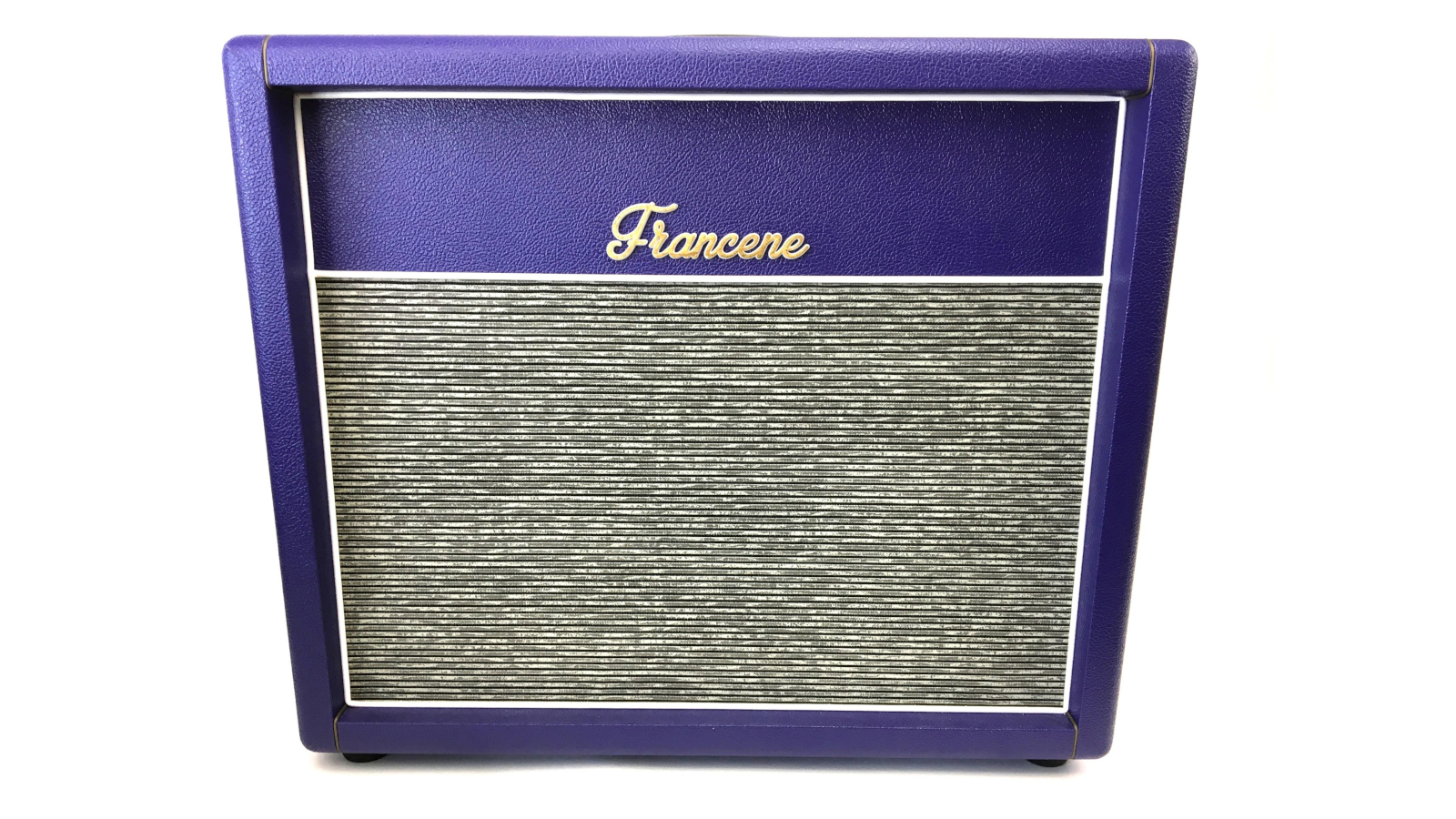
The Francene is the answer to that question, created on the foundation of the ’61-’62 brown-panel Deluxe reinterpreted through British-style circuitry and construction. It still uses a pair of 6V6GTs in the engine room with three 12AX7s upfront, and the front-panel lineup is similar per knob and input count (as was that of the original Fender 6G3 and Marshall 18-watters), other than the addition of a post-phase-inverter master volume.
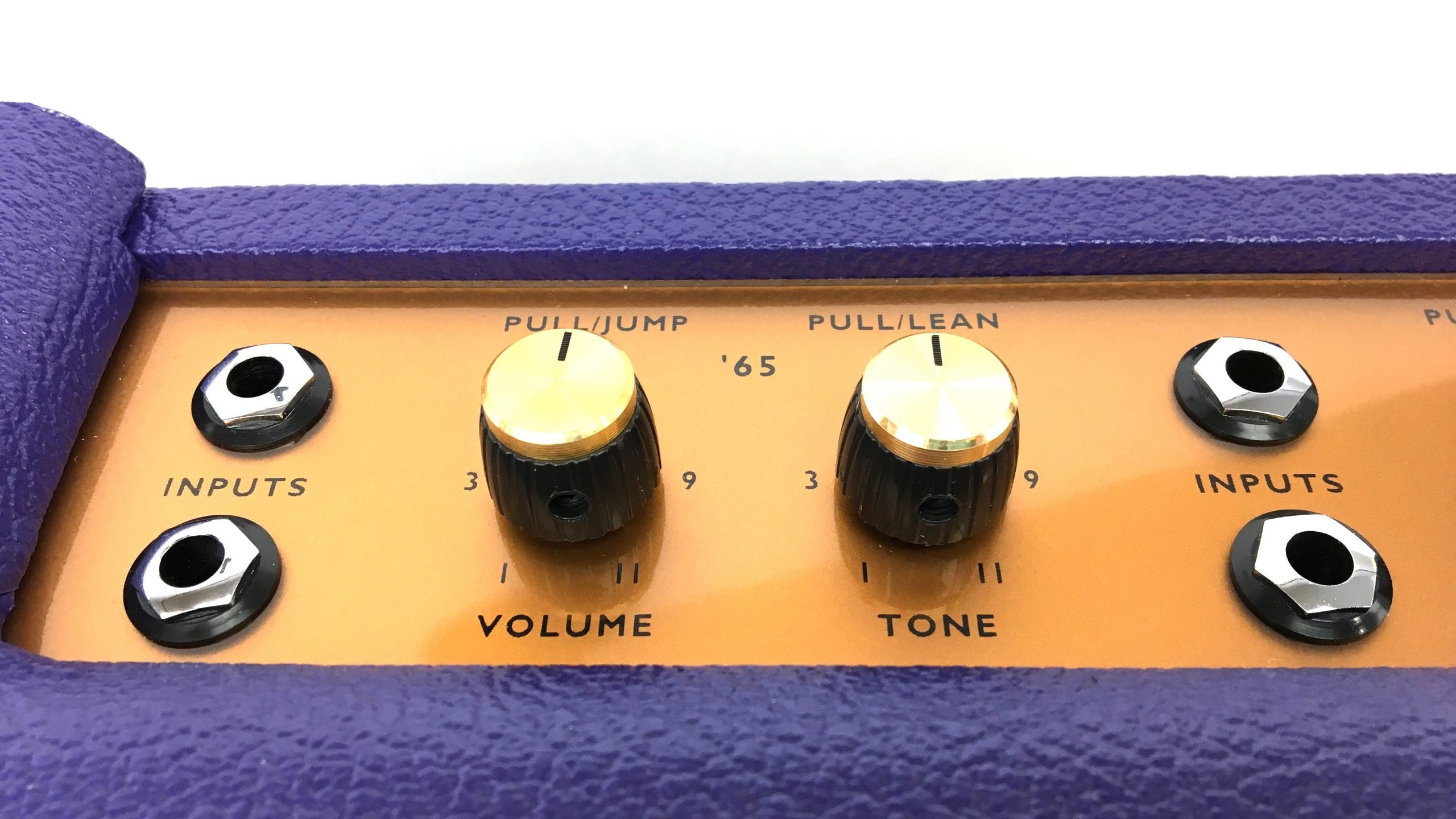
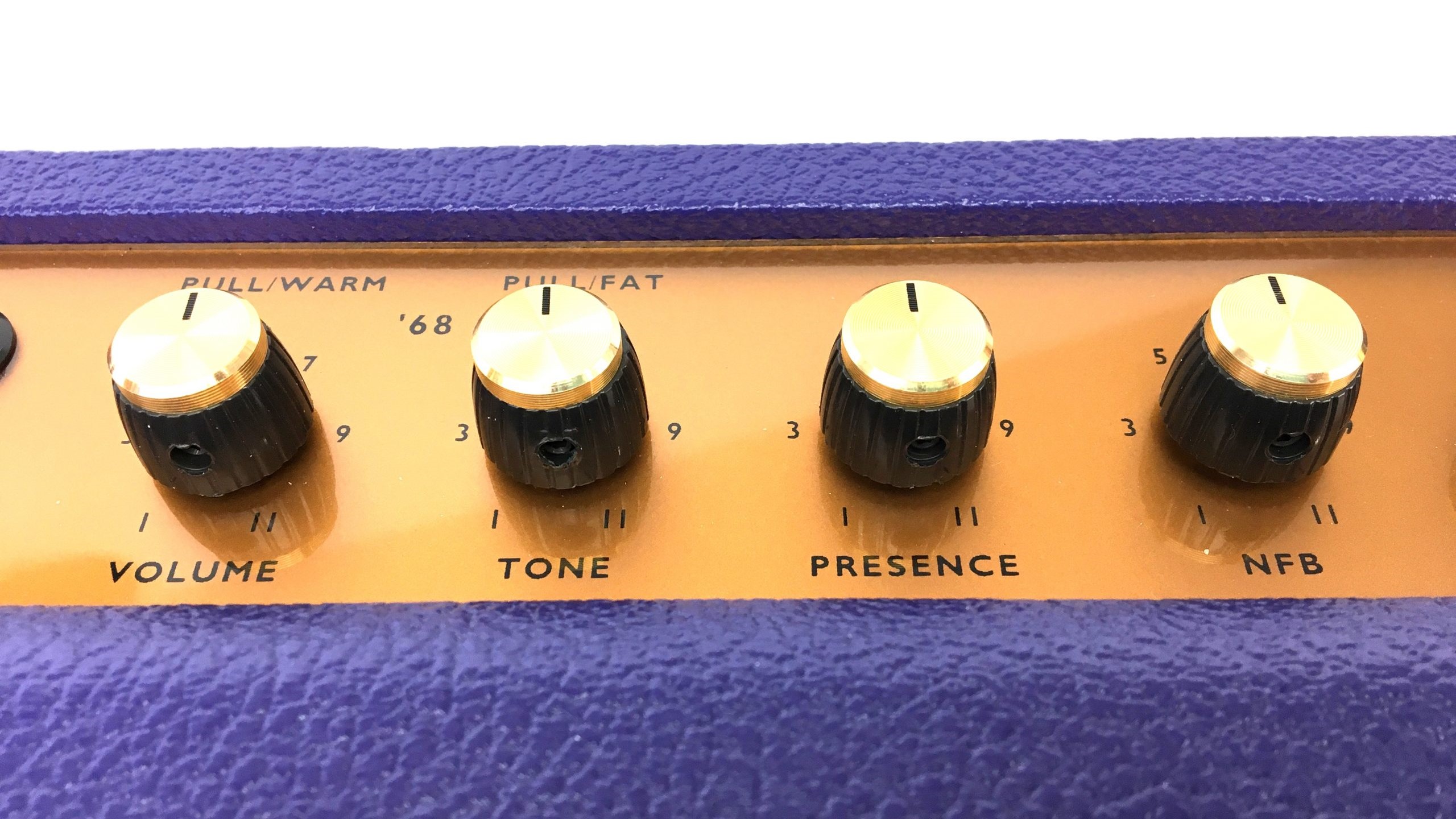
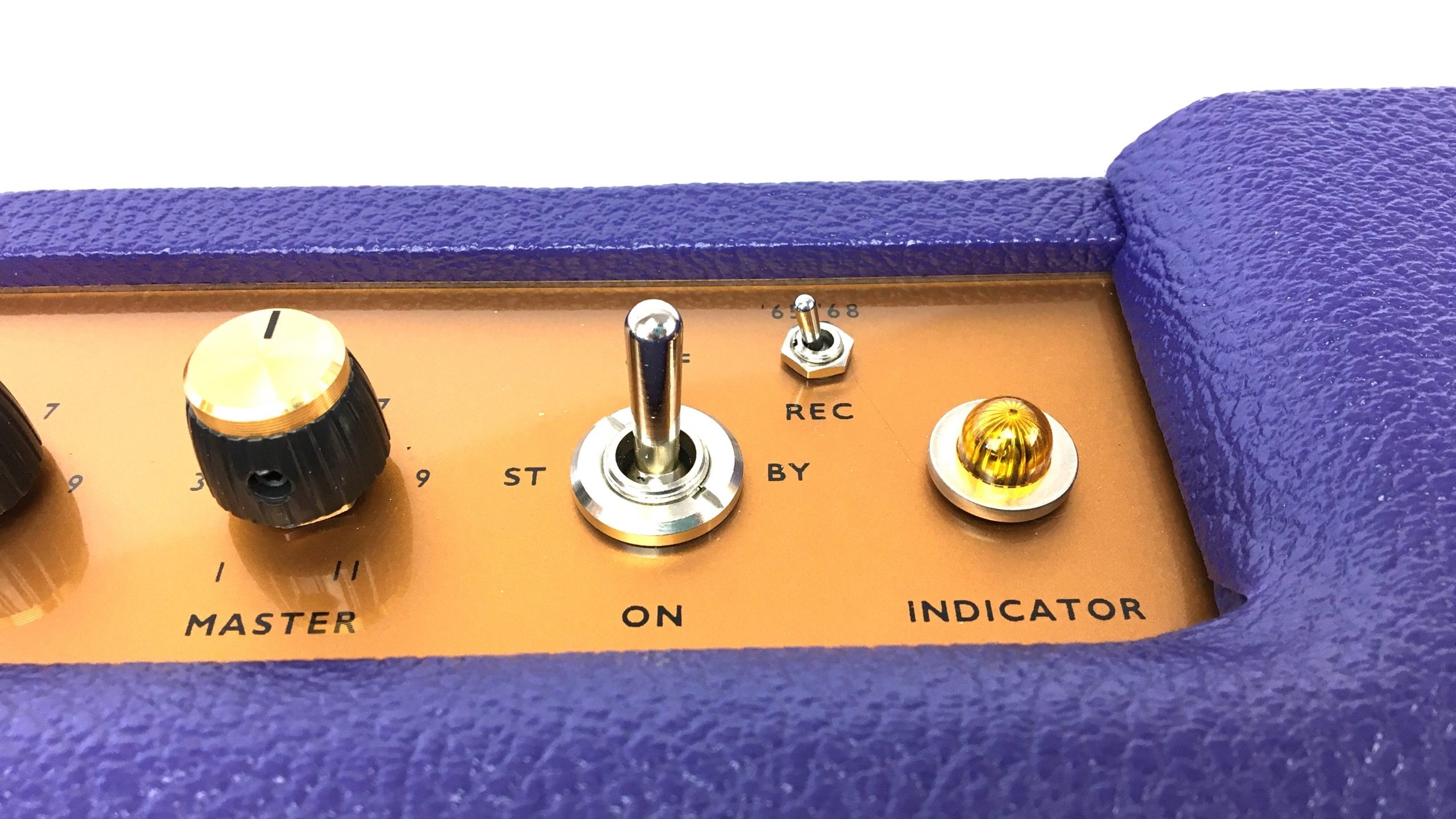
Inside, though, components are distinctly Brit-leaning in their style and sonic integrity, including SoZo NextGen Yellow Mustard signal capacitors, a Mercury Magnetics output transformer based on the legendary early ’60s U.K.-made Radio Spares units, a custom aluminum chassis, and British-made sockets, jacks and switches.
The first channel – dubbed ’65 – presents a JTM45-voiced preamp with a pull switch on the volume to jumper the two channels and one on the tone for Lean voicing. Channel two is a ’68 JMP-50–voiced preamp that’s brighter and tighter, with pull Warm and pull Fat on the volume and tone, respectively.
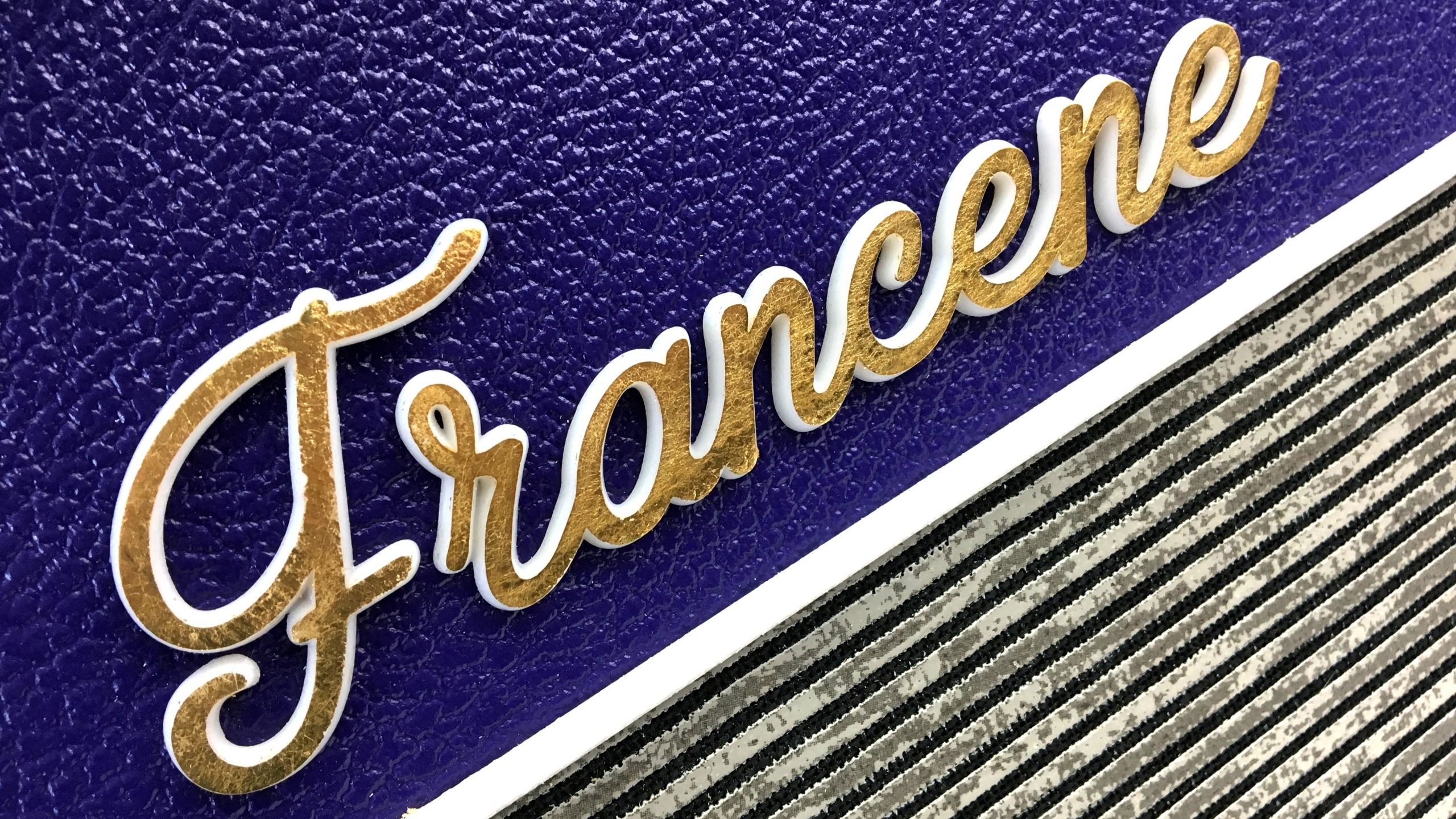
The tremolo speed and intensity controls that both vintage amps included have been moved to the Francene’s back panel. In their place are presence and NFB, the latter providing continually variable levels of negative feedback (which changed throughout the classic Marshall years).
Like the Down Brownie, the Francene starts with a GZ34 rectifier tube for a relatively firm voltage delivery, but you can go one notch bolder by flicking the Rec switch to ’68 for solid-state rectification, as used by bigger Marshalls from the Plexi onward, and by the smaller so-called 20-watt combos and heads that followed.

The Francene clearly flies its Union Jack wide and high on the front, arriving in a sort of mini Bluesbreaker cabinet that’s utterly regal in the standard purple Tolex with checkered grille cloth. Custom E.C. Collins pinstripe cloth is available for a $275 upcharge, and other Tolex colors are optional.
Our review sample embodies the standard 2x10 combo configuration, housing a mixed pair of Weber 30-watt Alnico and Ceramic Silver Bell 10-inch speakers in the open-back 24- by 20- by 10.5-inch cab custom crafted to Cutthroat’s specs by acclaimed maker Peter Mather.
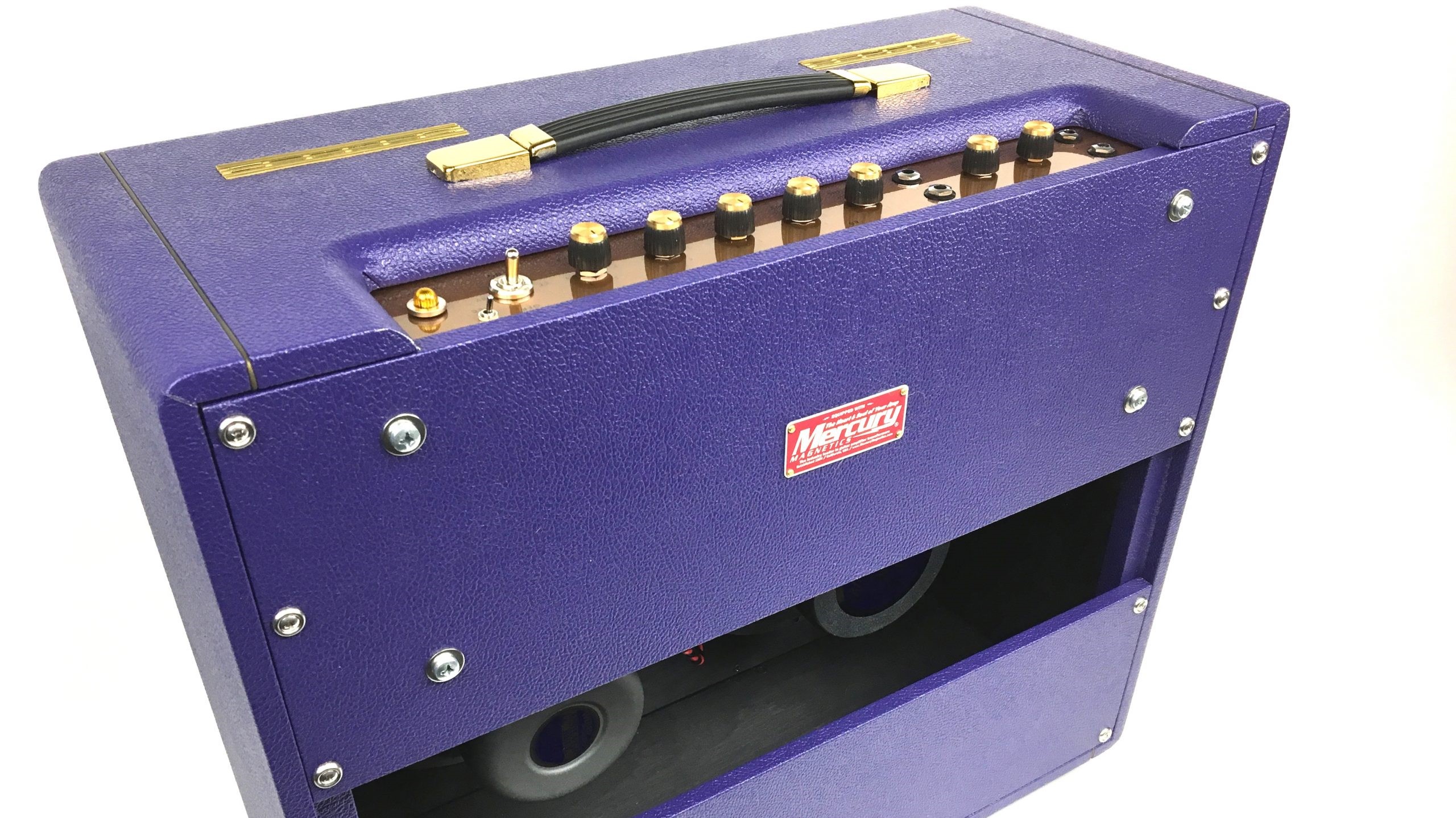
A 1x12 combo is also available, as is a top-mounted head. The chassis’ back panel also includes a three-way impedance switch for four-, eight- and 16-ohm outputs and a jack for the included single-button foot switch that operates the bias-modulating tremolo circuit. Those needing an effects loop can have the Metropoulos “Zero Loss” loop added for $195.
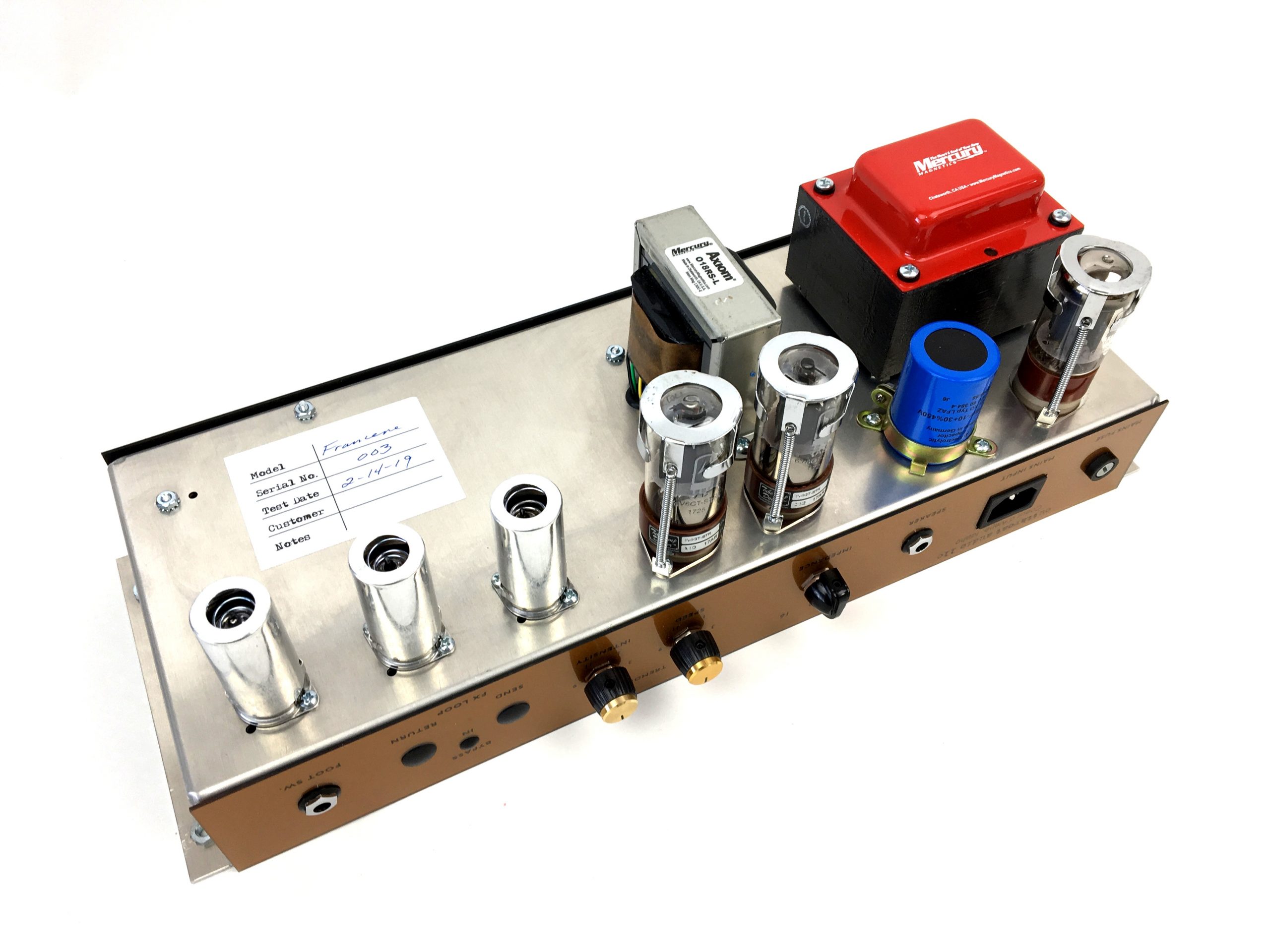
The Francene’s construction is first-rate inside and out. The circuit layout and wiring are things of beauty, all neatly executed on a thick, red, Marshall-style perf-board using top-notch components. To top it all off, Cutthroat even includes a 10-foot heavy-duty 14 AWG power cable. Our only significant observation regarding layout and feature set is that it might have been more convenient for some players to have the tremolo controls on the top panel and the presence and NFB moved underneath, since those are likely more set-and-forget, but it’s a minor quibble.
We tested the Francene with a Telecaster, a Les Paul, and a Novo Serus J, and found it wonderfully dynamic and responsive with each electric guitar, letting the respective single-coils, humbuckers and P-90s shine through alongside the very different personalities of each instrument.
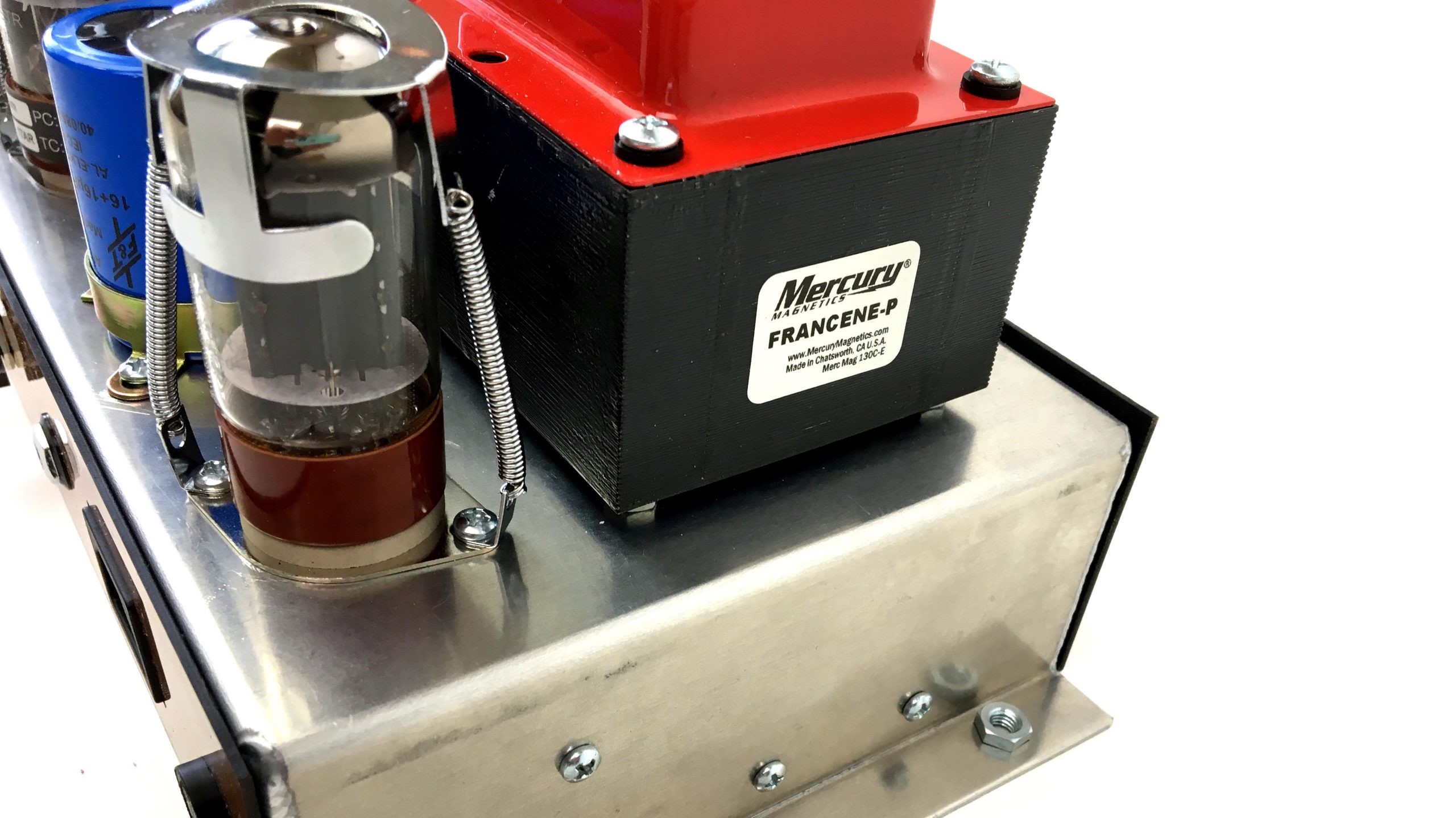
It’s really rather amazing how the close relationship to the early ’60s Deluxe translates to a distinctly British voice via the circuit and component tweaks Westwood has applied, and if we hadn’t known the design’s springboard in the first place, we’d have simply chalked up the Francene as a superbly simplified lower-wattage Plexi emulator.
The amp’s overall character leans thick and juicy with plenty of midrange body, while the 2x10 format also enhances snap and immediacy, with pin-point articulation even amid the onset of amp-generated overdrive. Cleans are impressively full and toothsome – something we don’t often say of Marshall-style circuits short of breakup. Pushed to the edge of breakup, though, a delectable touch sensitivity segues in with lots of bloom and just a little compression, plus a slight edge of grittiness to help bring on the aggression.
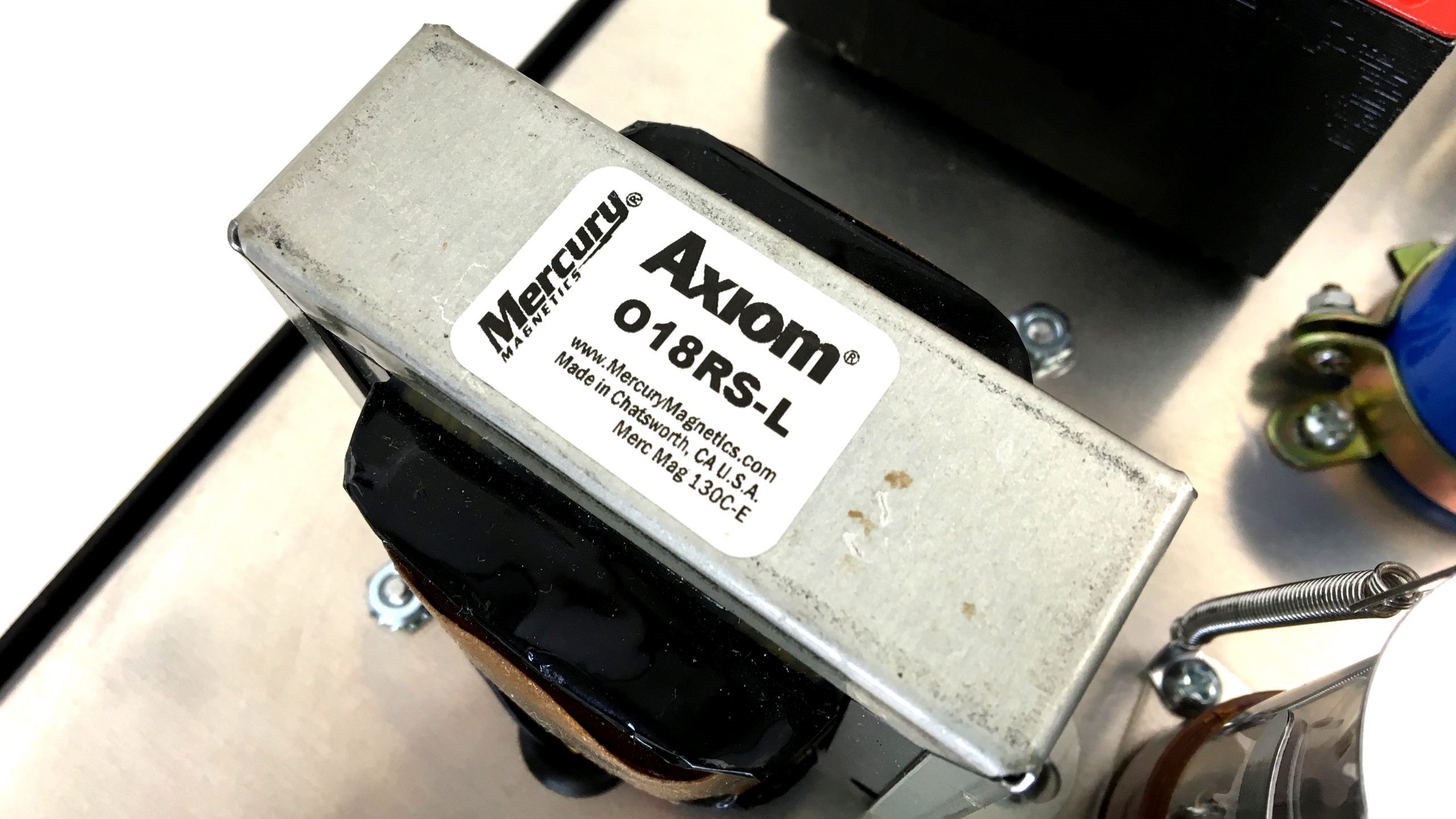
For an amp with a seemingly simple volume- and tone-control layout, the pull switches provide a lot of added light and shade, as do the presence and NFB knobs. And once we’d pulled the first channel’s volume to internally jumper the two preamps, it was hard to turn back, the ’65 channel’s thickness and the ’68’s brightness blending into a “just right” soundstage.
Get the Francene roaring with either or both volumes past one o’clock or so – where it really sings with the Les Paul – and the amp presents its best self with the master up at least past halfway. Down lower, it’s just a little fizzy and constrained, but that’s the nature of the beast, and it still yields very usable lead tones for basement jams or smaller club gigs. Push the output higher, though, and all that chime, kerrang and upper-midrange bite is there in spades, along with a chewy touch sensitivity that makes it all extremely infectious under the fingers.
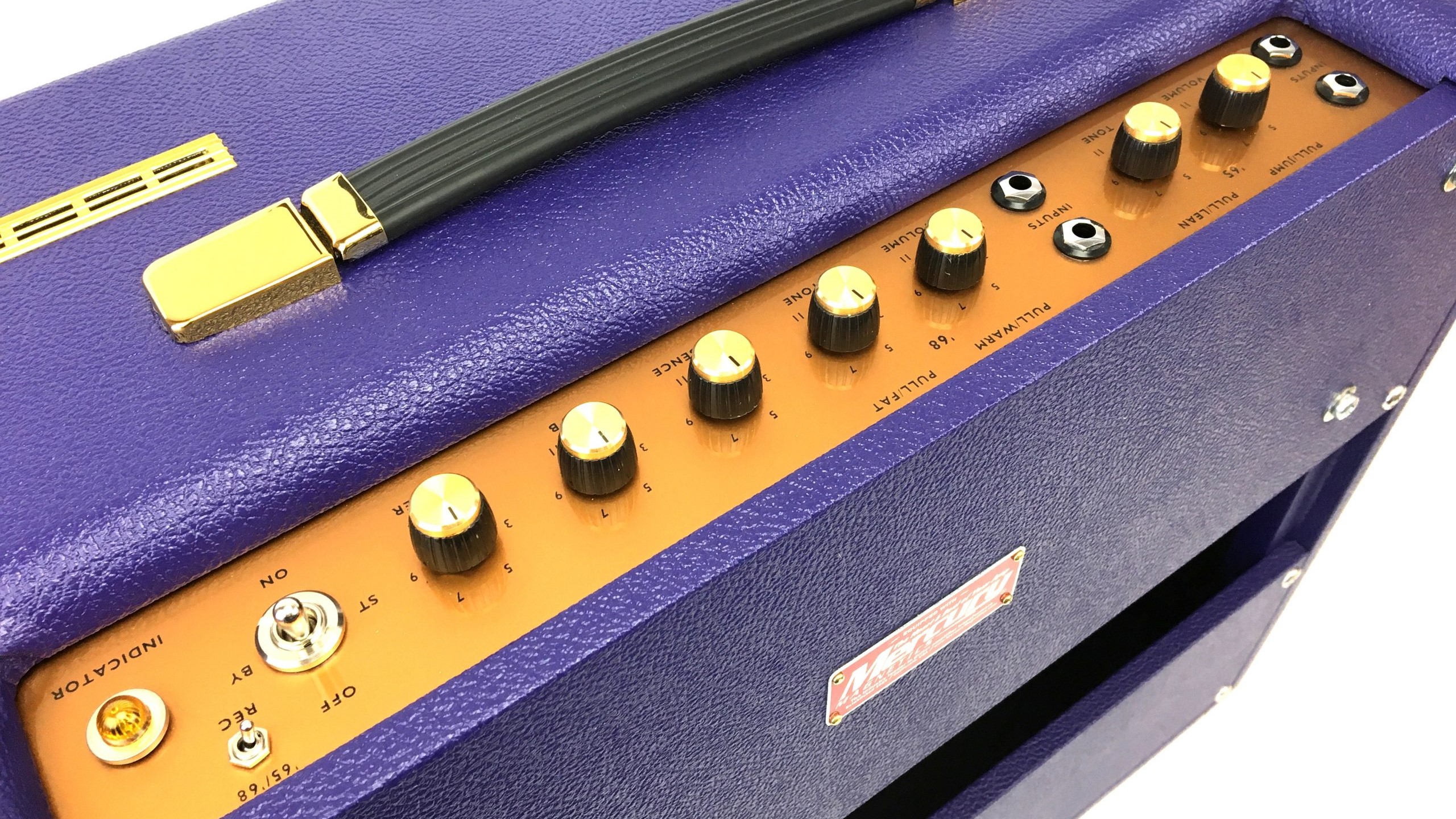
If the drive levels don’t take you far enough, the amp also responds great to a range of boost or overdrive pedals, eating up both a Wampler Tumnus Deluxe and a JHS Angry Charlie, which likewise served well for faux channel-switching into a clean Francene for rhythm/lead selections. Dial in the throbby tremolo for swampy atmospherics, and there are a lot of first-rate tones here.
All in all, we can’t say enough about the sonic veracity of this sweet-looking combo from Cutthroat, which earns an Editors’ Pick Award for its achievements. As the result of a fun “what if” experiment, it has succeeded in adding another bold and beautiful variation of that beloved British sound, and will likely make a lot of classic-rockers, blues guitar explorers and garage kerrangers very happy indeed.
Specifications:
- BUILT USA
- CHANNELS Two
- CONTROLS ’65 volume (pull-jump), tone (pull-lean); ’68 volume pull-warm), tone (pull-fat); shared presence, NFB, master; ’65/’68 rectifier switch; tremolo speed and intensity on back panel
- POWER 20 watts
- TUBES Three 12AX7s, two 6V6GTs, one GZ34 rectifier
- EXTRAS Foot switch for tremolo, solid-state/ tube-rectified switch, NFB negative feedback rotary control, rotary switch for 4/8/16Ω speaker output, optional buffered FX loop ($195, not on this amp)
- SPEAKERS Two 10” Weber Alnico and Ceramic Silver Bell speakers (1x12 combo optional)
- WEIGHT 49 lbs
For more information visit cutthroataudio.com
Dave Hunter is a writer and consulting editor for Guitar Player magazine. His prolific output as author includes Fender 75 Years, The Guitar Amp Handbook, The British Amp Invasion, Ultimate Star Guitars, Guitar Effects Pedals, The Guitar Pickup Handbook, The Fender Telecaster and several other titles. Hunter is a former editor of The Guitar Magazine (UK), and a contributor to Vintage Guitar, Premier Guitar, The Connoisseur and other publications. A contributing essayist to the United States Library of Congress National Recording Preservation Board’s Permanent Archive, he lives in Kittery, ME, with his wife and their two children and fronts the bands A Different Engine and The Stereo Field.
A gigantic $360 off Positive Grid's celebrated BIAS amp sim software may have just put the nail in the coffin of my beloved valve combo
"Let’s take acoustic-electric amplification to its ultimate realization." How to make an acoustic amp shimmer like a vintage Fender, smolder like a Dumble or scream like a Marshall
